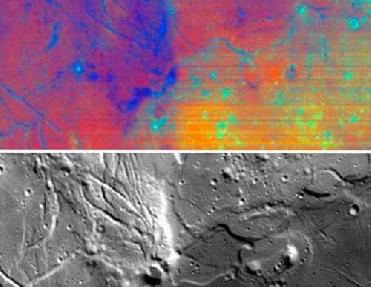
Different wavelengths of light provide new information about the Orientale Basin region of the moon in a composite image taken by NASA's Moon Mineralogy Mapper. Credit: NASA/JPL/Brown
BANGALORE (PTI): The Moon Mineralogy Mapper (M3), one of the 11
payloads on board India's Chandrayaan-1 spacecraft, has taken composite image of the Orientale Basin region of the moon providing new information, officials said.
Different wavelengths of light in the image captured by M3 during the commissioning phase of Chandrayaan-1 as the spacecraft orbited the moon at an altitude of 100 km, provided new information about the region, located on the moon's western limb, they said.
M3 is from Brown University and Jet Propulsion Laboratory in the United States.
"The Moon Mineralogy Mapper provides us with compositional information across the moon that we have never had access to before," said Carle Pieters, the instrument's principal investigator, from Brown University, in a statement.
"Our ability to now identify and map the composition of the surface in geologic context provides a new level of detail needed to explore and understand Earth's nearest neighbour," he said.
The image revealed changes in rock and mineral composition, indicated the abundance of iron-bearing minerals such as pyroxene, and provided a new level of detail on the form and structure of the region's surface.
M3 is the first instrument to provide highly uniform imaging of the lunar surface. Along with the length and width dimensions across a typical image, the instrument analyses a third dimension - colour.
M3 provides scientists their first opportunity to examine lunar mineralogy at high spatial and spectral resolution.
 Previous Article
Previous Article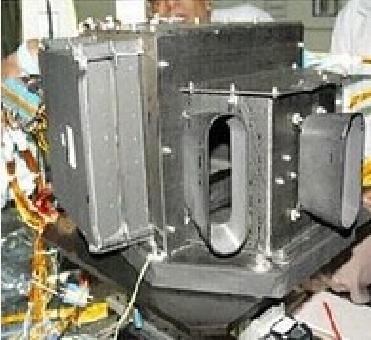
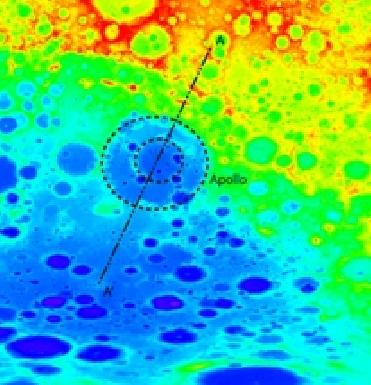
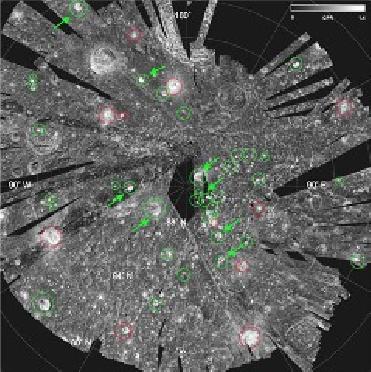
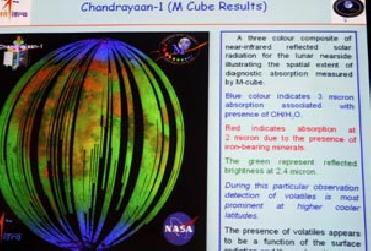










The Indian Air Force, in its flight trials evaluation report submitted before the Defence Ministry l..
view articleAn insight into the Medium Multi-Role Combat Aircraft competition...
view articleSky enthusiasts can now spot the International Space Station (ISS) commanded by Indian-American astr..
view article